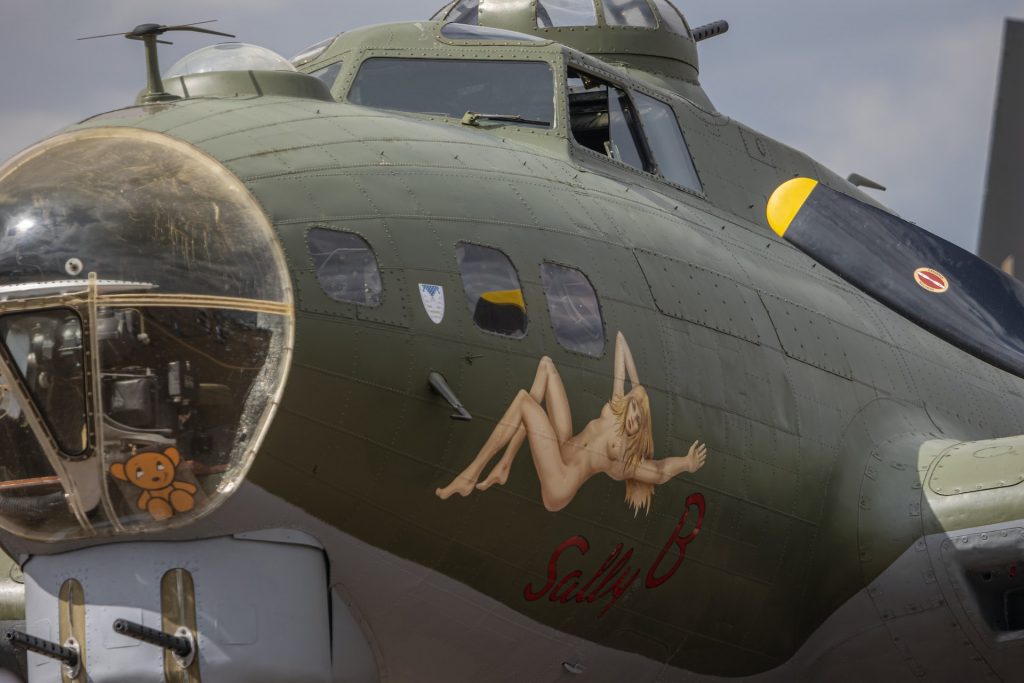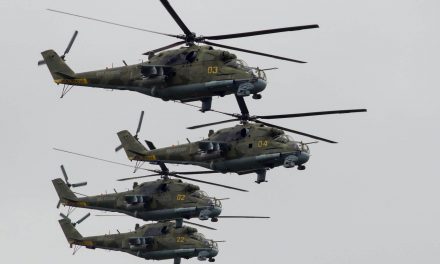December 16, 1944, marked the beginning of one of the most significant battles of World War II–the Battle of the Bulge. This battle was a major German offensive launched against Allied forces in Belgium and Luxembourg, and it would be up to the U.S. Army Air Forces (USAAF) to help turn the tide against Hitler’s troops. Here’s how they did it.
The Air Force Saves The Day
The US Air Force was instrumental in helping to provide air support for General Patton’s Third Army as it raced northward from France’s Lorraine region and into Belgium with orders to drive back Hitler’s forces and relieve Allied pressure on Bastogne, a key city that German troops had surrounded since December 21st.
The transpiring weather condition on the 23rd of December allowed Allied air forces to attack German supply points. P-47 Thunderbolts took off and promptly began attacking enemy troops on roadways. To aid in defending Bastogne, medical supplies such as medicine, food, blankets, and ammunition were dropped from allied aircraft. A troop of volunteer surgeons stepped up to assist by flying in with military gliders and immediately beginning operations within a tool room upon arrival.
The Air Force began its mission to provide air cover for Patton’s forces with fighter planes attacking German ground forces, tanks, and supply lines in an effort to disrupt their progress.
In addition to providing air cover for Patton’s forces, the Air Force also played a vital role in providing close air support for U.S. infantry units on the ground.
With precise bombing runs carried out by B-17 bombers at low altitudes, USAAF pilots could deliver crucial firepower against German positions and clear a path for advancing U.S. troops who were struggling against stubborn resistance from Nazi forces.

A B17 with a great logo
In total, more than 100 tons of bombs were dropped on German positions during this period, proving decisive in weakening their defenses and turning the tide of battle back in favor of Allied forces.
The Air Force also provided critical intelligence during this time period as well; reconnaissance planes flew over enemy lines taking photographs which helped Allies plan their strategy accordingly and gave them an advantage over their enemies when planning offensive maneuvers or defensive tactics alike.
Conclusion
By December 23rd, 1944, it was clear that U.S. Air Forces were playing a crucial role in turning the tide of battle at The Bulge back in favor of Allied forces. Through close air support, intelligence gathering missions, and strategic bombing runs delivered at low altitudes by B-17 bombers, these brave men and women helped push back Hitler’s armies while simultaneously protecting advancing American troops on the ground below them–ultimately leading to victory for allied forces at The Bulge by January 1945.
Without their courage and skillful execution under unfathomable pressure, history may have gone differently – making this day one we should all remember!
The More You Know: The P-47 Thunderbolt
The P-47 Thunderbolt was one of the most iconic aircraft of World War II. It was a single-seat, all-metal fighter with a powerful engine that made it one of the fastest and deadliest aircraft in the skies.
The P-47 Thunderbolt was a highly triumphant high-altitude fighter, and its usage in ground attack roles made it the leading American fighter bomber of World War II. Its most effective weapon were eight powerful .50 caliber machine guns, along with 5 inch rockets or up to 2,500 pounds (1,100 kg) bombs. When fully loaded, this mighty plane weighed an astounding 8 tons making it one of the heaviest fighters ever created during warfare. Its rugged construction allowed it to take on plenty of battle damage and still get its pilot home safely.
The Thunderbolt had impressive range due to its high fuel capacity – around 800 miles – allowing pilots to stay in the air for hours at a time. This meant they could fly long missions without having to stop for refueling, making them even more effective at shooting down enemy planes or bombing targets. The Thunderbolt was so successful during the war that it remained in service until the late 1950s, eventually becoming a favorite of many combat pilots.
Today, many restored P-47s are still on display and flown at airshows across the world. These vintage fighters bring back memories of their heroic pilots and remind us all of one of the great accomplishments of World War II – the Allied victory over Nazi Germany. With its rugged construction, powerful engine, and deadly firepower, it’s no wonder why the P-47 Thunderbolt was considered one of the greatest aircraft ever built!













